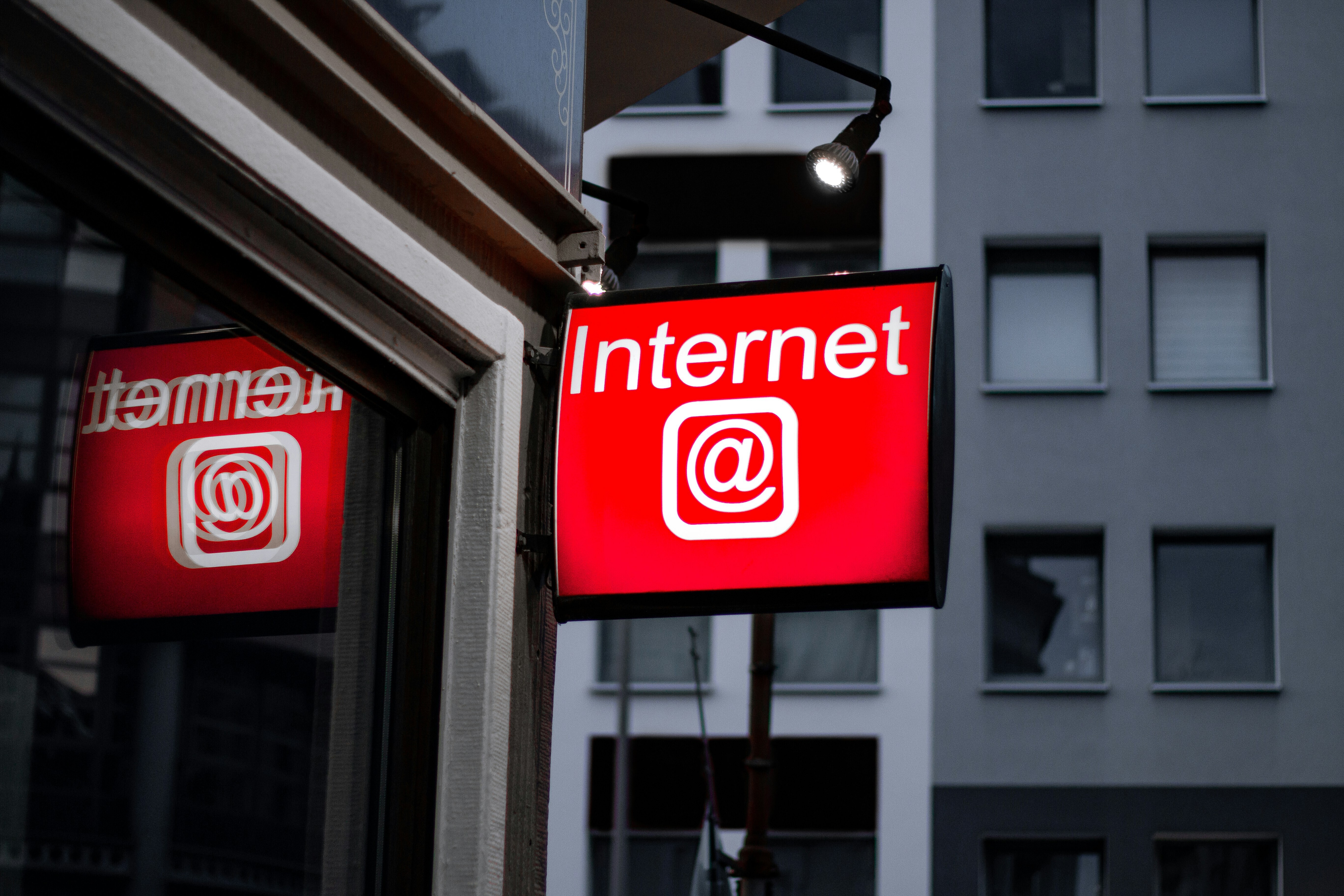3 ways to fight stress at work

Well-being techniques have even begun to spread in sectors like the financial industry. Image: REUTERS/Andrew Burton
People across the world are experiencing more worry and sadness. And while stress levels have gone down slightly, anger levels have gone up by just as much. Those are findings from the new 2019 Global Emotions Report from Gallup.
Interviewees in 142 countries were asked about their experiences the day before. Thirty-five per cent reported a lot of stress, which was down two points from the year earlier (though still high), but 22% reported experiencing anger, up two points to a new high. “Worry and sadness, which were already at record levels, each increased by one point from the previous year,” Gallup reports.
In the United States, stress, worry and anger have all gone up, with 55% reporting that they had experienced stress during much of the day.

All these negative emotions are taking a toll – not just in what daily life is like for billions of people, but also economically. Worries reduce productivity, keeping workers distracted and unable to focus at times. The World Economic Forum has reported on data showing that work-related stress costs US businesses $30 billion a year in lost work days alone.
Businesses are uniquely empowered to reverse this trend. Our organizations can take constructive steps to relieve all these negative emotions at work.
As a meditation coach for people in all sorts of work environments around the world, I’ve come to see that some simple steps can dramatically decrease worries and stress, helping people become more relaxed, engaged and focused on tasks at hand – and the benefits reach beyond the workplace.
1. Encourage meditation
Contrary to what many people imagine when they hear this term, meditation does not have to come in the form of sitting in a yoga pose, eyes closed, chanting a mantra. In fact, you can meditate right now, as you read this.
It doesn’t require an instructor. In just a few minutes, one can learn the basics: Focus on breathing; be aware of each breath; breathe deeply and fully. Commit to getting something in this moment – by setting an intention to feel more calm, centered or alert, for example.
Research has found a host of physical and psychological benefits from deep breathing and focusing on positive outcomes, even if only for a few minutes.
Physical activity can also bring relief, so be sure to take moments during the day to be active, whether by walking around the office, taking the stairs to meetings, or going for a brisk walk during lunchtime. You can even meditate while you move by focusing on your breath and your positive intention.
2. Lead by example
When employees see the bosses engaging in meditation and other forms of relaxation, they’re much more likely to participate themselves. That’s why it’s especially reassuring to see business leaders increasingly taking on the practice.
Ray Dalio, founder of Bridgewater Associates, encouraged his employees to practice transcendental meditation regularly, and the practice spread throughout Wall Street. LinkedIn CEO Jeff Weiner, Ford executive chairman Bill Ford and Rush Communications CEO Russell Simmons are among other executives leading the way, as are Oprah Winfrey and Thrive Global CEO Arianna Huffington.
3. Escape into VR
Having grown up in Silicon Valley only to launch a tech startup in Reykjavik, I’ve long kept an eye on how technology plays out in this space. Technology takes a lot of the blame for today’s workers being “always on”, inundated with work and unable to unplug.
Much of that is true. Swiss researchers, for example, studied “technostress” and found that today’s technologies (particularly social media) bring overload, invasion and uncertainty.
But technology can also be a central part of the solution. The key is for business leaders to rethink their use of technology, so it’s not just about maximizing worker efficiency, but also about helping workers achieve healthy states of mind.
In my talk at TEDxReykjavik, I showed how allowing virtual reality to transport you into scenes of nature can dramatically enhance moments of relaxation and extend the power of meditation. (It’s what inspired me to create my startup, FlowVR.) Academic research has found similar results, with VR tools particularly helpful for those who are new to meditation.
In today’s fast-paced business world, it may often feel as though there’s no time for these steps. But in fact, combating stress and worries will ultimately save time. The health insurance company Aetna found that when its employees learned meditation or yoga, they didn’t just experience positive personal results. They also became more effective workers, “gaining an average of 62 minutes per week of productivity each”, the New York Times reported.
The more our workplaces value a healthy workforce – both physically and mentally – the more we all stand to gain.
Don't miss any update on this topic
Create a free account and access your personalized content collection with our latest publications and analyses.
License and Republishing
World Economic Forum articles may be republished in accordance with the Creative Commons Attribution-NonCommercial-NoDerivatives 4.0 International Public License, and in accordance with our Terms of Use.
The views expressed in this article are those of the author alone and not the World Economic Forum.
Stay up to date:
Mental Health
Related topics:
Forum Stories newsletter
Bringing you weekly curated insights and analysis on the global issues that matter.
More on Wellbeing and Mental HealthSee all
Dylan Reim
October 29, 2025






